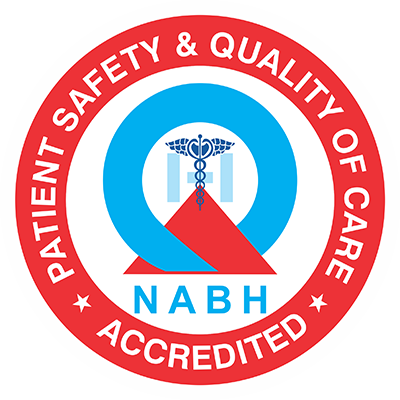
Two patients, two similar health conditions…yet vastly different treatment experiences.
Amit, a 55-year-old businessman, had been struggling with severe leg pain due to peripheral artery disease (PAD). His doctor told him that his arteries were blocked, restricting blood flow. After taking a second opinion, he opted for a minimally invasive angioplasty, a procedure performed through a small puncture in his groin. A tiny balloon was inserted and inflated to open the blocked artery, restoring blood flow.
Amit was walking the same day and back to work within a week without any large incisions, prolonged hospital stay, and with minimal discomfort.
Ravi, 58, faced a similar problem but opted for bypass surgery. His procedure required major incisions, anaesthesia, and a lengthy hospital stay. Though effective, his recovery took months, with significant pain and physiotherapy sessions to regain strength.
Both Amit and Ravi received treatment for blocked arteries, but their experiences were vastly different. This raises an important question: Is traditional surgery always necessary, or can Interventional Radiology (IR) offer a better alternative?
Interventional Radiology vs. Traditional Surgery: Which is Better?
Medical science has evolved, offering less invasive procedures that can effectively replace many traditional surgeries. Interventional Radiology (IR) is at the forefront of this transformation, allowing doctors to treat complex conditions through small incisions using imaging guidance.
While both IR and surgery have their place in healthcare, understanding their differences helps patients make informed decisions.
What is Interventional Radiology?
Interventional Radiology is a non-surgical, image-guided approach where doctors use tools like catheters, wires, needles and stents to treat diseases inside the body without major incisions. It is used in:
- Vascular conditions – Angioplasty, stenting, treatment for varicose veins
- Cancer care – Tumor ablation, targeted chemotherapy
- Women’s health – Uterine Fibroid Embolization (UFE) instead of hysterectomy
- Pain management – Spinal injections, nerve blocks
How is IR Different from Traditional Surgery?
|
Factor |
Interventional Radiology (IR) |
Traditional Surgery |
|
Invasiveness |
Minimally invasive (small incisions) |
Major incisions required |
|
Anesthesia |
Local anesthesia or mild sedation |
General anesthesia |
|
Hospital Stay |
Often outpatient or 1-day stay |
Several days to weeks |
|
Recovery Time |
Faster (days to weeks) |
Longer (weeks to months) |
|
Scarring & Pain |
Minimal pain, almost no scarring |
Higher pain, visible scarring |
|
Risk of Infection |
Lower due to small incisions |
Higher due to open wounds |
Though IR is faster, safer, and less painful, traditional surgery remains necessary for certain complex cases, such as organ transplants or extensive tumour removals.
When to choose IR over Surgery
- If you want a faster recovery and less downtime
- If your condition can be treated with a catheter instead of open surgery
- If you want to avoid general anesthesia
- If you are at high risk for surgical complications
When is Surgery the better option over IR
- If the disease is too advanced for a catheter-based approach
- If the condition requires open access to organs or extensive reconstruction
- If the patient is a candidate for organ transplant or major tumour excision
Most hospitals today offer both IR and traditional surgeries. But a few like BBR Hospitals, Hyderabad specialise in advanced Interventional Radiology, even as they have an established Surgical treatment division.
BBR’s team of top specialists work together to determine the best approach for each patient. Equipped with state-of-the-art imaging technology, including advanced MRI, CT, and ultrasound, the hospital ensures accurate, real-time guidance for procedures. Offering minimally invasive treatments for conditions like vascular diseases, cancer, and chronic pain, BBR Hospitals prioritises patient comfort, safety, and faster recovery. With a patient-centered approach and a commitment to affordable, world-class care, it provides high-quality, accessible treatments, making cutting-edge healthcare available to all.


